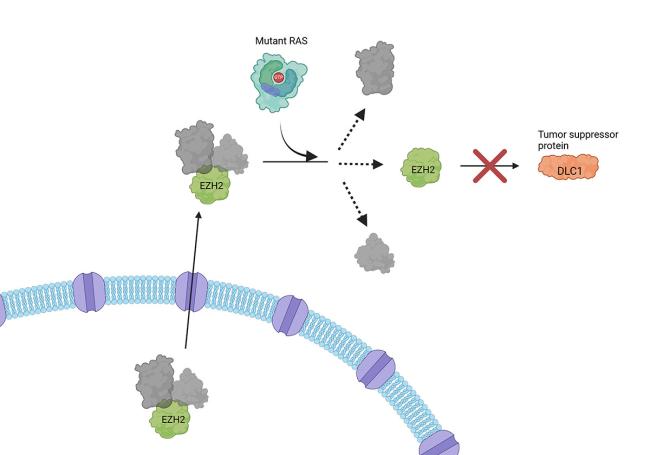Researchers uncover new role of mutant proteins in some of the deadliest cancers
Tuesday, November 12, 2024
Researchers uncover new role of mutant proteins in some of the deadliest cancers

Researchers at the National Institutes of Health (NIH) and their collaborators have discovered a new way in which RAS genes, which are commonly mutated in cancer, may drive tumor growth beyond their well-known role in signaling at the cell surface. Mutant RAS, they found, helps to kick off a series of events involving the transport of specific nuclear proteins that lead to uncontrolled tumor growth, according to a study published Nov. 11, 2024, in Nature Cancer.
RAS genes are the second most frequently mutated genes in cancer, and mutant RAS proteins are key drivers of some of the deadliest cancers, including nearly all pancreatic cancers, half of colorectal cancers, and one-third of lung cancers. Decades of research have shown that mutant RAS proteins promote the development and growth of tumors by activating specific proteins at the cell surface, creating a constant stream of signals telling cells to grow.
“This is the first study to show that mutated RAS genes can promote cancer in an entirely new way,” said study author Douglas Lowy, M.D., deputy director of NIH’s National Cancer Institute (NCI). “The finding of the additional role for RAS proteins has exciting implications for improving treatment.”
Drugs that block mutant RAS proteins have been available as cancer treatments for only a few years and have been approved by the Food and Drug Administration to treat lung cancer and sarcoma. Although their development was a major scientific success, RAS inhibitors have thus far had a limited impact on patient outcomes, improving survival by only a few months in most people.
Over 35 years ago, a group led by Dr. Lowy contributed to the early studies that identified RAS as a cancer-causing gene and helped explain how it promotes tumor growth. In this new study, the research team found that mutant RAS is directly involved in the process of releasing a nuclear protein called EZH2 from a complex transported from the nucleus to the cytoplasm. Once released, EZH2 facilitates the breakdown of a tumor suppressor protein called DLC1. Blocking mutant RAS stopped EZH2 from being released, restoring the activity of DLC1.
In experiments in human lung cancer cell lines and mouse models of lung cancer, the researchers found that combining RAS inhibitors with different targeted cancer drugs that reactivate DLC1’s tumor suppressor activity had potent activity against cancer—more potent than that of RAS inhibitors alone.
The study also found evidence that mutant RAS proteins perform this same function in other cancer types, suggesting that this mechanism may be a general feature of cancers with mutated RAS genes.
The researchers believe their finding may have potential applications for the treatment of RAS-fueled cancers. They have started to look at how this function for RAS works in pancreatic cancer in particular because there are so few effective treatments for this type of cancer.
“New treatment combinations could one day be developed that take this new role for RAS into consideration,” Dr. Lowy said.
About the National Cancer Institute (NCI): NCI leads the National Cancer Program and NIH’s efforts to dramatically reduce the prevalence of cancer and improve the lives of people with cancer. NCI supports a wide range of cancer research and training extramurally through grants and contracts. NCI’s intramural research program conducts innovative, transdisciplinary basic, translational, clinical, and epidemiological research on the causes of cancer, avenues for prevention, risk prediction, early detection, and treatment, including research at the NIH Clinical Center—the world’s largest research hospital. Learn more about the intramural research done in NCI’s Center for Cancer Research. For more information about cancer, please visit the NCI website at cancer.gov or call NCI’s contact center at 1-800-4-CANCER (1-800-422-6237).
About the National Institutes of Health (NIH): NIH, the nation's medical research agency, includes 27 Institutes and Centers and is a component of the U.S. Department of Health and Human Services. NIH is the primary federal agency conducting and supporting basic, clinical, and translational medical research, and is investigating the causes, treatments, and cures for both common and rare diseases. For more information about NIH and its programs, visit www.nih.gov.
NIH…Turning Discovery Into Health®
Tripathi, B.K., Hirsh, N.H., Qian, X. et al. The pro-oncogenic noncanonical activity of a RAS•GTP:RanGAP1 complex facilitates nuclear protein export. Nat Cancer (2024). https://doi.org/10.1038/s43018-024-00847-5.
Institute/Center
Contact
240-760-6600


